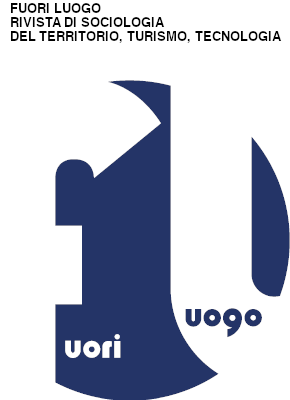La città ostile: architetture e strategie dell’esclusione nelle metropoli contemporanee
Abstract
All the societies known so far have always devised strategies to be applied towards those who, not having a stable position within the social space, are perceived as a threat to order, security and decorum. It is a humanity declared useless, inimical and superfluous object of unprecedented strategies of action which, depending on the circumstances, produce indifference, separation and exclusion (Bauman 2007).
Among these strategies, an unprecedented urban space design better known as “hostile architecture” (Petty 2016; Savicic, Savic 2012) assumes particular interest within contemporary metropolises, which basically takes the form of a security and disciplining social and structural problems, linked above all to marginalization and poverty.
The paper will therefore propose a sociological reflection on these strategies and, in particular, on what is configured as a real “architecture of order” (Di Cesare 2020; Ascari 2019), that is a type of architecture that implies a massive presence within our cities of urban furnishings such as spikes, protrusions, benches with bollards, metal nets, fences and obstacles of all kinds that have the task of making the life of those already on the edge of the city even more complicated: poor, foreigners, countercultures (Ascari 2019). Taking into consideration the national and international literature on the subject, this contribution will try to reconstruct the dynamics and social effects of a way of conceiving the city in which security and control tendencies represent a real war against the most fragile and marginal people, outlining an idea of an increasingly hostile and repulsive city.
Downloads
Copyright (c) 2021 Santina Musolino

This work is licensed under a Creative Commons Attribution 4.0 International License.




